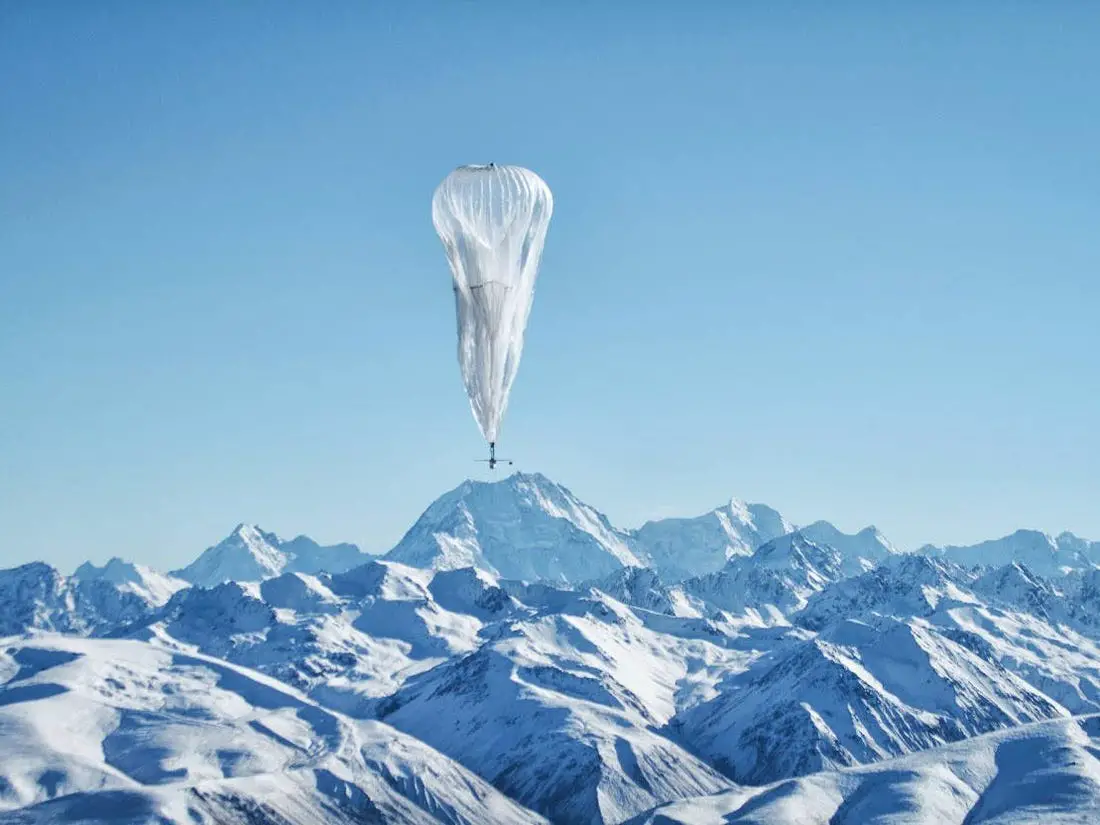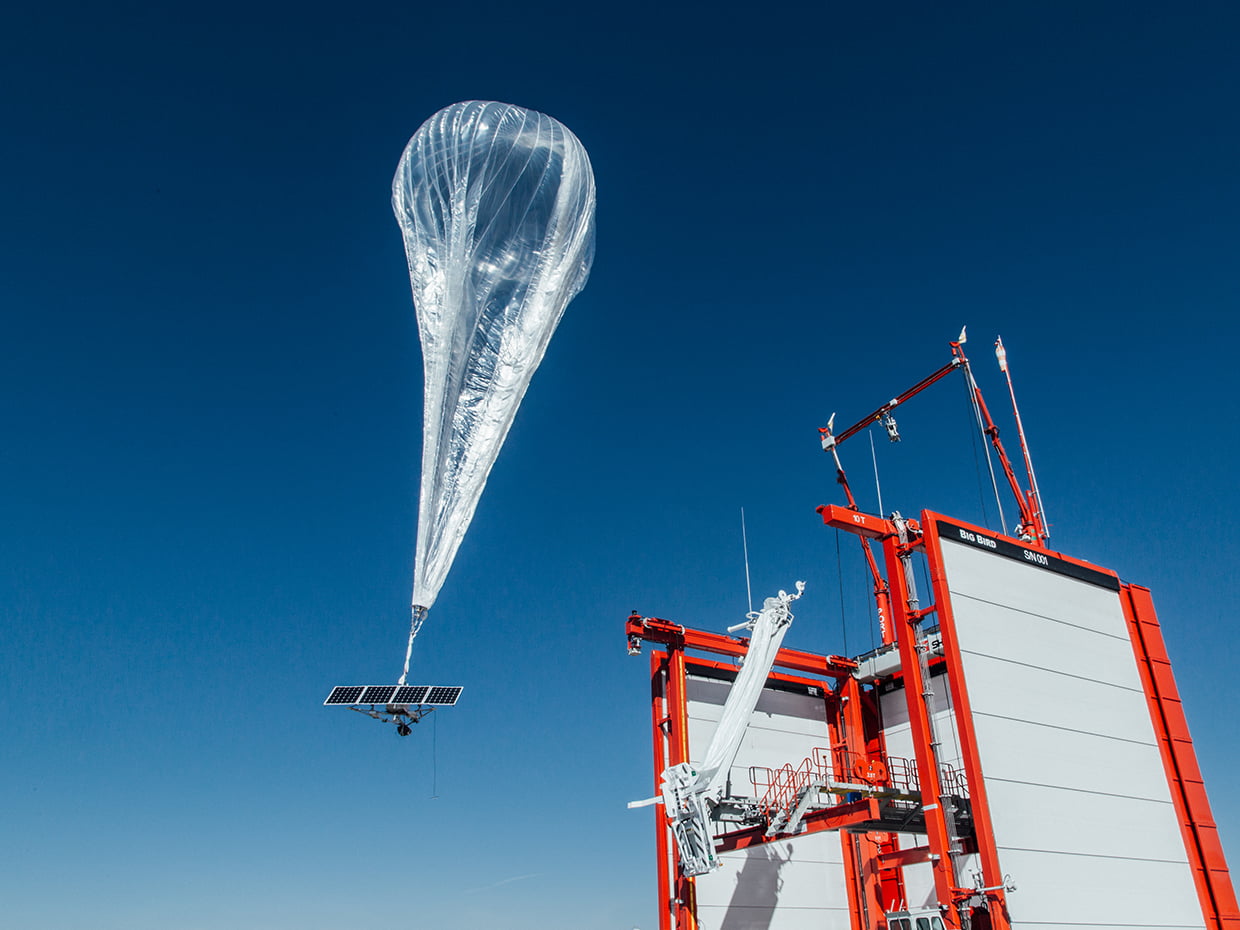Google’s Loon sets record for longest stratospheric flight: 312 days. Alphabet’s Project Loon (Google’s parent company) seeks to bring the Internet to remote areas through “portable antennas” mounted on balloons that swarm the atmosphere. The idea works, it is already used in Kenya and it will also be used in the Amazon with the help of Telefonica. But in addition to that, they have also achieved other milestones, such as breaking the record for the longest balloon trip in history.
- Microsoft Azure connects directly to the SpaceX Starlink satellites
- OSIRIS-REx mission: NASA lands on an astroid for the first time
- The race for internet satellites: Amazon, OneWeb and Starlink
Previously, it was also Project Loon that broke the record for the longest trip, 223 days in the stratosphere. Now a new company balloon has been floating in the stratosphere for a period of 312 days. That’s enough time to practically circle the world and, of course, offer an Internet connection along the way.
Google’s Loon sets record for longest stratospheric flight with 312 days. As they have explained, the Loon HBAL703 balloon left Puerto Rico in May 2019 to land back in Mexico last March. But during this period of almost a year, it did not travel directly from one part of Central America to the other but took the longest route. The balloon went down first through the Amazon, Bolivia, Peru and southern Latin America and then crossed the entire Atlantic Ocean. After that, it reached the Indian Ocean below Africa and also crossed it until returning to America by the Pacific. Here, after prowling the area for a while, it finally landed on the west coast of Mexico.

They indicate that Project Loon has been made possible by a combination of design, science and manufacturing materials, as well as an understanding of how balloons fly. Previously we have seen how they prepare these balloons for the harshest conditions and they say they have made millions of simulated flights before real practices.
Once the balloons are back on the ground they are analyzed to find defects and where they may have been damaged. With this data, they manage to improve future balloons. In the manufacturing process, this knowledge is taken into account even for the details such as how to pack them for transport as long as they are not damaged before launch.
Google’s Loon sets record for longest stratospheric flight. And why? Mainly to reduce costs. The more time a balloon spends in the air, the less the costs are. On the other hand, it also offers more stable and continuous connectivity to Internet users who use the Project Loon system.





